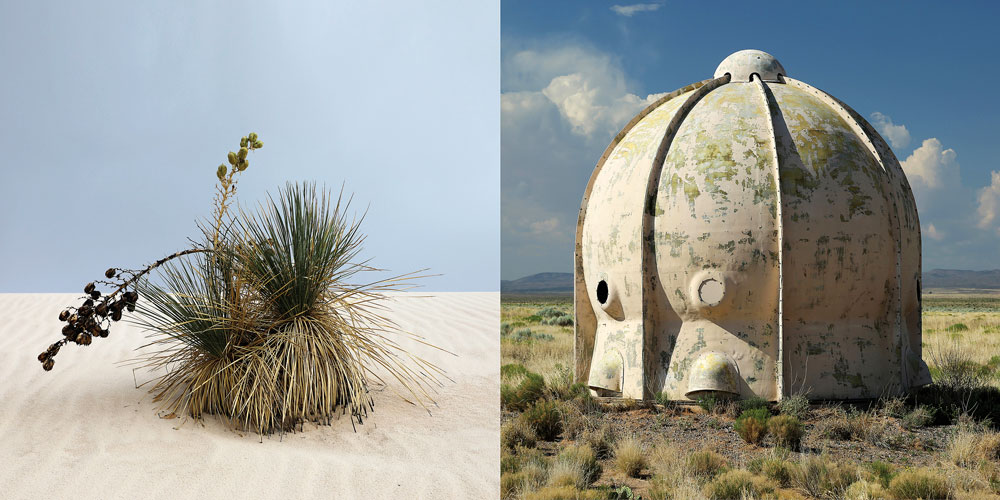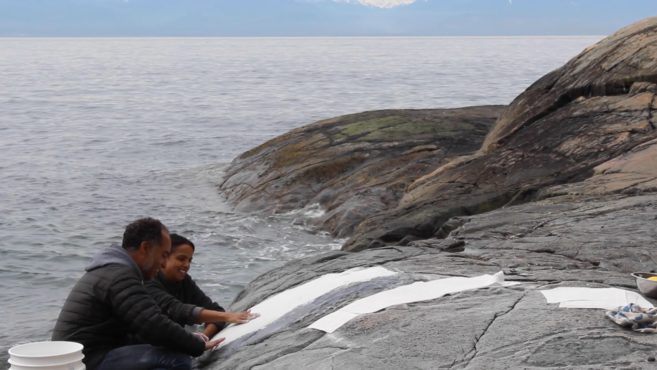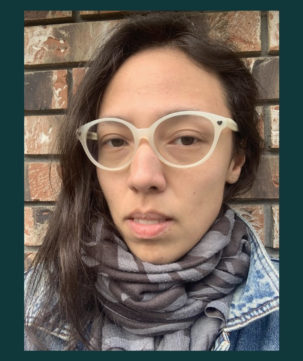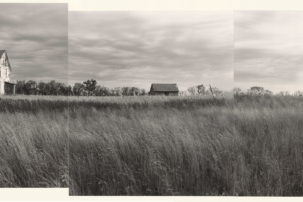From our Winter 2020 Preview section, which features conversations with artists and curators on upcoming projects.
Mary Kavanagh: My project has unfolded like a book of beginnings— throughout its making I kept asking, “How do I get inside of this thing, where do I begin?” After working forensically at various nuclear and military sites, I visited the Trinity test site in New Mexico; immediately I became interested in the throngs of people that visit during biannual open houses. I began a process of interviews to learn about visitors’ motivations for coming, and was surprised to encounter an openness and depth of reflection in the people I spoke with. The birthplace of the Bomb is visceral, and has become a popular site of pilgrimage; many people are eager to tell their stories. The scale of atomic testing during the Cold War period left a toxic legacy that is beyond comprehension, but one that is deeply felt both physiologically and psychologically. The physical and ecological devastation is at times dramatic, as is the case with nuclear accidents—though the true violence of radiation toxicity unfolds slowly and imperceptibly. The psychological impact is harder to unpack, which is what the interviews reveal: the fear instilled in people who lived through the duck-and-cover period of the Cold War. A terror really. The state-sanctioned narratives around atomic testing were highly controlled or none of it would have happened—blowing up tropical islands and quiet deserts, the existential threat to humanity—all in the name of security. It makes no sense. I sometimes feel we’re sliding back and forth through time, with respect to the atomic as an idea. It is all now, all present. What is the after that follows the before? —As told to Jayne Wilkinson
Mary Kavanagh’s “Trinity 3” is at the Kitchener-Waterloo Art Gallery from February 13 to May 10, 2020.

 Mary Kavanagh, Trinity Equivalent (Space Harbor, White Sands Missile Range, New Mexico | No. TR-109B, Sage Brush Informer - Rock Test, J10F-12608 Brixner, Trinity Archive, 1945-46), 2019.
Mary Kavanagh, Trinity Equivalent (Space Harbor, White Sands Missile Range, New Mexico | No. TR-109B, Sage Brush Informer - Rock Test, J10F-12608 Brixner, Trinity Archive, 1945-46), 2019.






